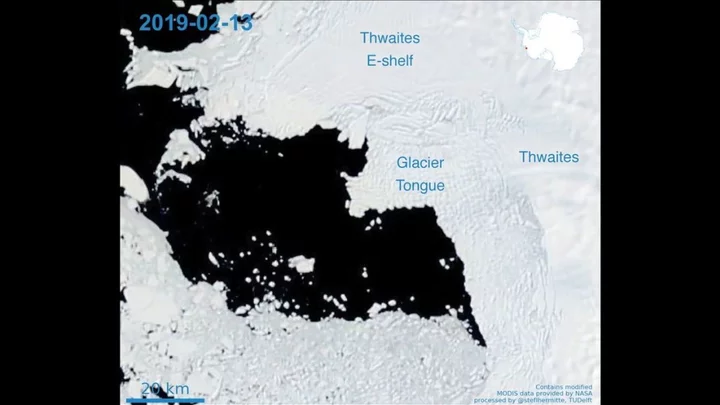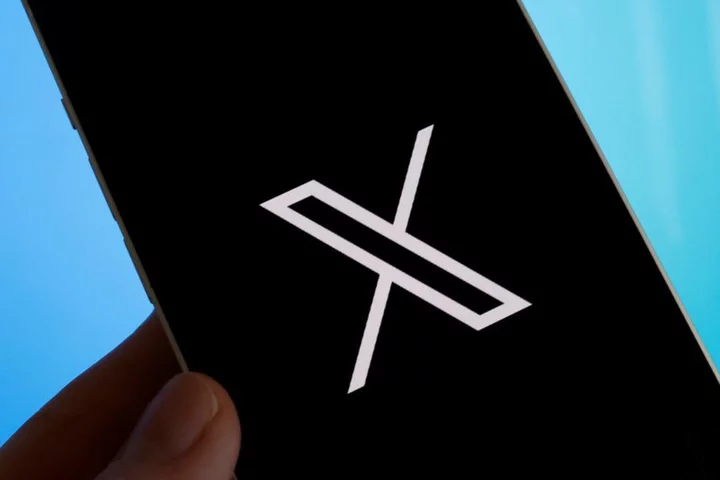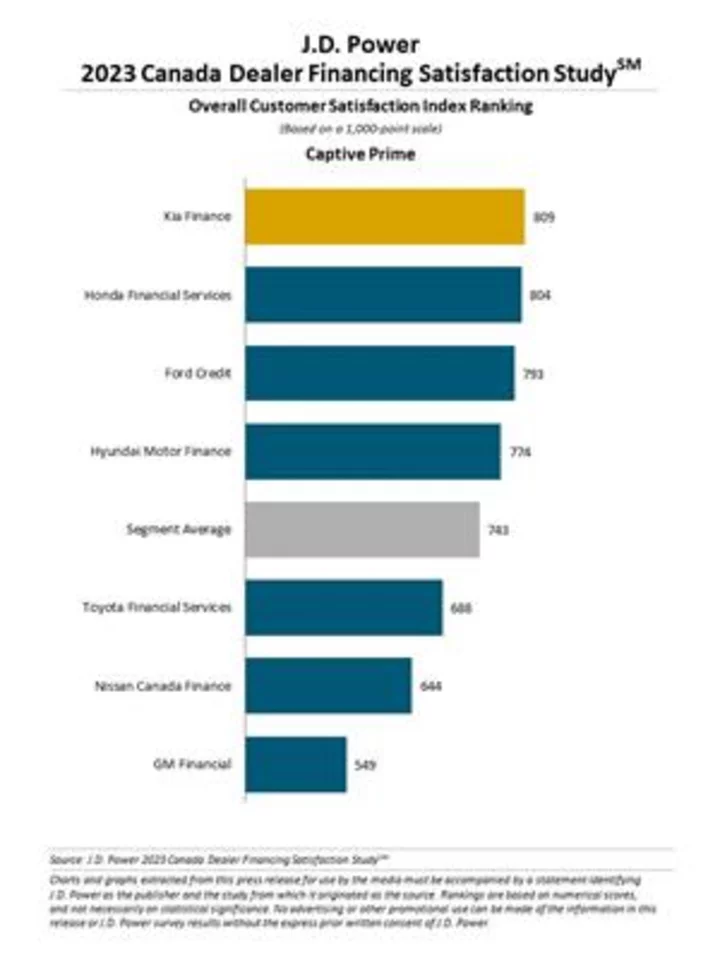Nasa’s Psyche mission set to launch to ancient metal asteroid today: Live updates
Nasa is about to set off to a distant, metal asteroid that could tell us how planets form. On Friday, the spacecraft – currently folded in the cargo bay of a SpaceX rocket – will leave from the Kennedy Space Centre and begin a mission that will see it arrive at what is thought to be an ancient remnant of a protoplanet in 2029. Propelled by a system of solar-electric ion thrusters being used for the first time on an interplanetary mission, the spacecraft - about the size of a small van - is expected to reach its target on the outer fringes of the main asteroid belt between Mars and Jupiter nearly six years from now. It would then orbit Psyche for 26 months, scanning the asteroid with instruments built to measure the asteroid’s gravity, magnetic proprieties and composition. Psyche measures roughly 173 miles (279 km) across at its widest point. The leading hypothesis for this asteroid’s origin is that Psyche is the once-molten, long-frozen inner hulk of a baby planet torn apart by collisions with other celestial bodies at the dawn of the solar system. It orbits the sun about three times farther than Earth, even at its closest to our planet.

Nasa is about to set off to a distant, metal asteroid that could tell us how planets form.
On Friday, the spacecraft – currently folded in the cargo bay of a SpaceX rocket – will leave from the Kennedy Space Centre and begin a mission that will see it arrive at what is thought to be an ancient remnant of a protoplanet in 2029.
Propelled by a system of solar-electric ion thrusters being used for the first time on an interplanetary mission, the spacecraft - about the size of a small van - is expected to reach its target on the outer fringes of the main asteroid belt between Mars and Jupiter nearly six years from now.
It would then orbit Psyche for 26 months, scanning the asteroid with instruments built to measure the asteroid’s gravity, magnetic proprieties and composition. Psyche measures roughly 173 miles (279 km) across at its widest point.
The leading hypothesis for this asteroid’s origin is that Psyche is the once-molten, long-frozen inner hulk of a baby planet torn apart by collisions with other celestial bodies at the dawn of the solar system. It orbits the sun about three times farther than Earth, even at its closest to our planet.









